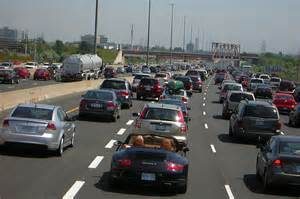 Although frequently contested as exclusions, defective construction claims are being scrutinized by the courts using various legal theories.
Although frequently contested as exclusions, defective construction claims are being scrutinized by the courts using various legal theories.
Traditionally, poor workmanship did not fall under the definition of an occurrence. Poor workmanship is a business risk, poor hiring.
The rules have begun to slide towards coverage now if non-defective materials or installations are damaged as a result of faulty workmanship. In other words, a ceiling collapses onto a newly installed sink and tub, chipping the marble. The tub and sink would be covered, but the ceiling would not. This rule is analogous to a frozen pipe. The damage to the pipe is not covered, but the ensuing water damage is.
In 2013, the Connecticut court found that defective workmanship was not intentional, and therefore could constitute an occurrence. In the same ruling, the court stated that the defect itself would not be covered, but ensuing damage would be.
Since 2013, other courts have broadened the definition of occurrence by ruling the “your work” wording excluded the work of subcontractors. So a subcontractors defective work would be covered as property damage under the prime’s CGL.
With the broadening of coverage for customers complaints, the contractors pick up valuable cost savings – legal representation. If defective workmanship is a covered property damage, then the contractor is entitled to defense from the insurance company.
As the courts broaden these definitions, you can expect consumers to try to broaden the definition of “defective”. Is inadequate soundproofing between walls a defect or a design flaw? What are the subjects of potential defects? Actual installation or functionality?
Of course, no contractor wants the reputation for or problems associated with defective workmanship. Where does design meet implementation to arrive at function? As the definition broadens, contractors will be held more liable. Check the wording of your commercial general liability defective workmanship clause. How broadly could it be interpreted? Ask your professional agent for some expertise in this area.








